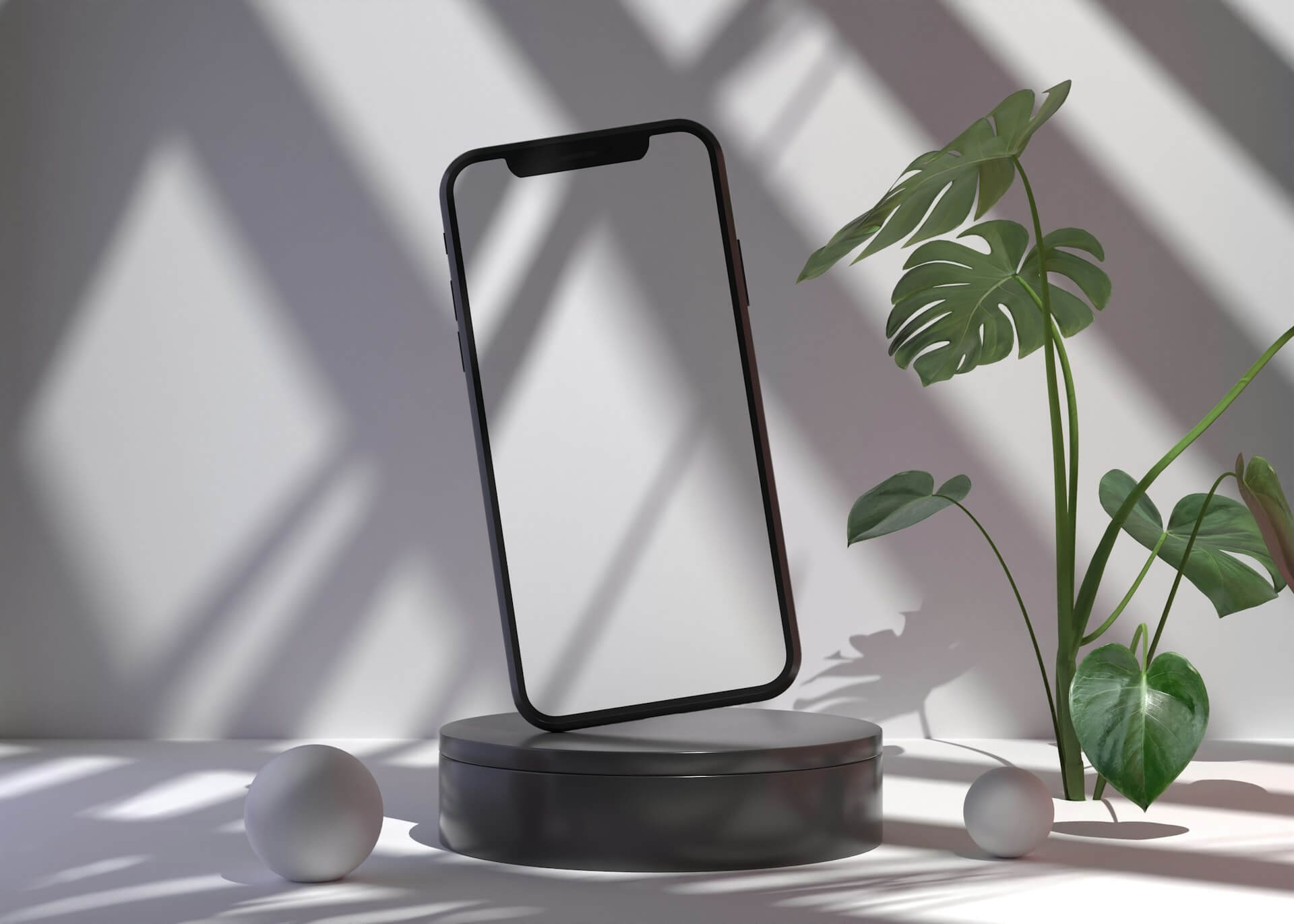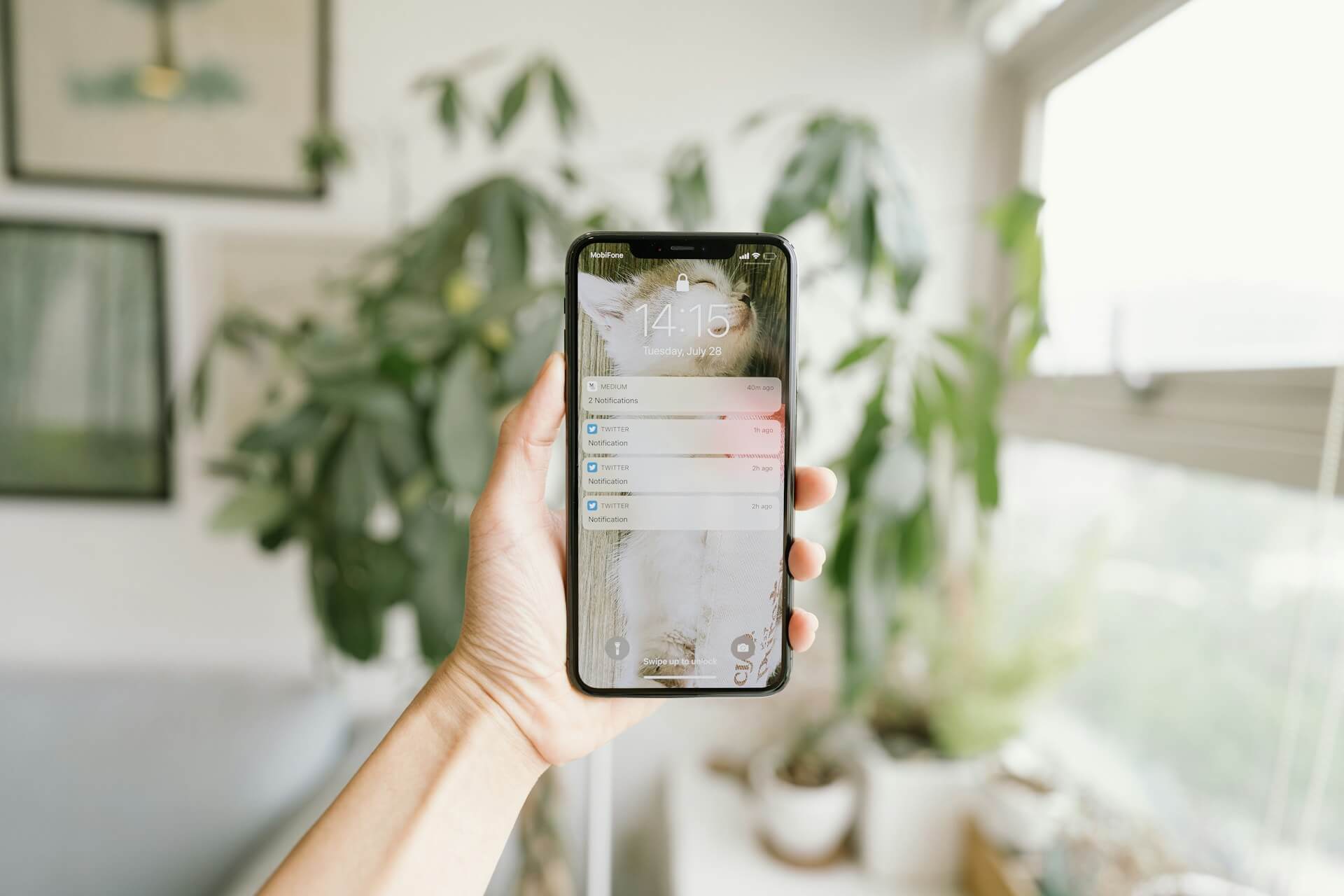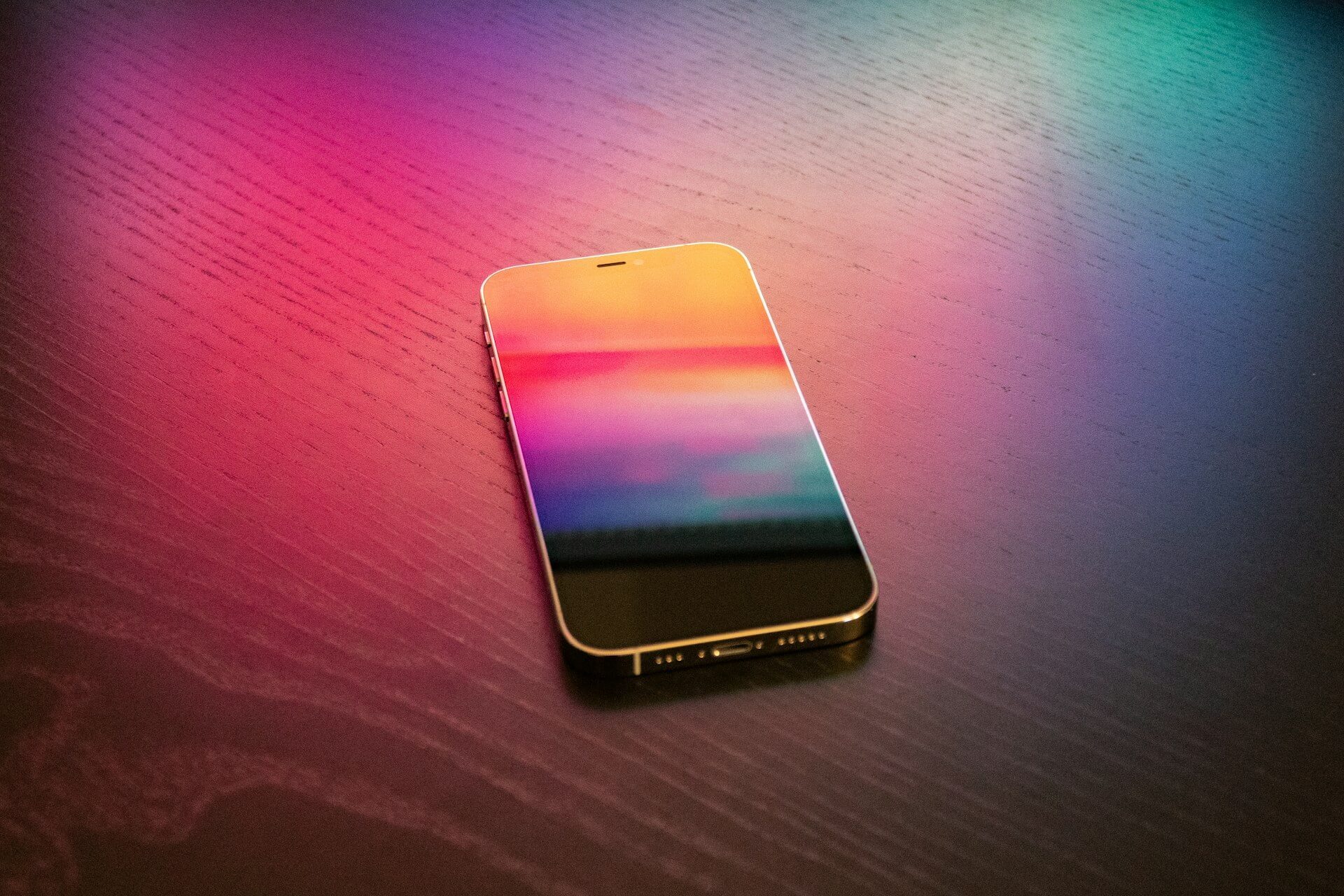How to Choose the Right Screen Protector for Your Phone

So you finally bought that expensive phone you’ve been waiting for. Now comes the hard part: choosing a screen protector.
Deciding what type of screen protector is best for you can be surprisingly difficult with all the different options on the market. Some people even choose not to get a screen protector due to concerns over touch sensitivity and protection—only to regret it later.
We’re here to make that decision easier by breaking down the best types of screen protectors for your phone, including the subtle differences between them that you need to know about.
Types of Screen Protectors: Pros and Cons
In this section, we’ll explain what screen protectors are made of and the pros and cons that set them apart.
Note that various screen protectors can still share common characteristics, even if they are made from different materials. For example, PET and tempered glass screen protectors both offer scratch resistance.
PET
PET, or polyethylene terephthalate screen protectors, are the most affordable and widely available option. Consumers who are unsure what type of screen protector is best for them will often start with PET screen protectors.
Pros
- Affordable: These screen protectors are incredibly easy to manufacture, making them a cheap option.
- Light: PET screen protectors are some of the lightest on the market. You won’t have to worry about additional bulkiness.
The Cons
- Impact: If you’re wondering what type of screen protector is best against impact, PET is not the best answer. While these protectors guard against scratches from keys and nails, they have “entry-level” base impact protection against drops.
The Verdict
If you’re in a hurry and just need something that offers basic protection against scratches, PET screen protectors will do the job–as long as you’re careful not to drop your phone.
TPU
TPU, or thermoplastic polyurethane, is another type of plastic screen protector. Both PET and TPU screen protectors offer similar features, but there are a few key differences you should watch out for.
Pros
- Clarity: TPU screen protectors offer the same clarity as their PET counterparts.
- Scratch Protection: New buyers who are unsure what type of screen protector is best for their phone will often opt for cheap TPU protectors, which provide better scratch resistance than PET. Polyurethane is naturally more resistant to abrasion and oil.
- Flexibility: TPU (Thermoplastic Polyurethane) screen protectors are highly flexible and can cover curved screens effectively.
- Self-Healing: Many TPU protectors have self-healing properties that allow minor scratches and dings to disappear over time. (ZAGG calls theirs Nano Memory Technology™ ).

Cons
- Application: TPU is considered the best type of plastic screen protector due to its flexibility. While flexibility is great against scratches, it also makes TPU protectors much harder to apply. These protectors also require stronger adhesive, so fixing the placement can be challenging if you mess up the application.
- Fingerprints: Both TPU and PET screen protectors lack anti-fingerprint functionality, so power users might have to clean their phones more often than they’d like. But ZAGG’s Fusion and Ultra Clear products have an oleophobic coating that combats this issue.
- Aging: Over time, TPU protectors may turn yellow or discolor, affecting the appearance of the screen.
The Verdict
If you’re unsure what type of screen protector is best for you and need a long-term solution, it’s generally a good idea to avoid plastic-based protectors made from PET and TPU and go for tempered glass instead.
Tempered Glass
Shoppers looking up what screen protectors are made of are often shocked to discover that tempered glass is one of the most protective materials. Tempered glass goes through an intensive heating and cooling process, including chemical treatments.
Here’s what that means for you.
Pros
- Long-Term Protection: Tempered glass is easily the best type of screen protector for impact and drop
protection. Tempered glass is actually quite difficult to shatter. If you drop your phone and the screen
protector does crack, it will take the brunt of the damage, not your actual screen.
-
Additional Features: Tempered glass allows skilled manufacturers to add additional treatments and technology to
screen protectors, making them a great all-around choice if you can’t decide what type of screen protector
is best for you.
For example, here’s what ZAGG’s XTR3 screen protectors bring to the table.
- Hexiom impact technology to strengthen and enhance impact protection - it’s 10x stronger than the
average glass screen protector
- Anti-reflective treatment that increases light transmission and vibrancy while reducing that harsh
daytime glare.
- Blue-light filtration to maximize eye comfort without compromising on your phone’s vibrant colors.
- An ultra-touch sensitive surface.
- Hexiom impact technology to strengthen and enhance impact protection - it’s 10x stronger than the
average glass screen protector
- Oleophobic: High-quality tempered glass protectors will feature an oleophobic coating that
combats persistent fingerprints even after heavy use.
-
Max Clarity: Reliable tempered glass screen protectors are nearly invisible and offer unparalleled
clarity. Combined with anti-glare tech, this is the best type of screen protector for picture clarity.
- Privacy: Privacy can be a make-or-break factor in deciding what type of screen protector is
best for some users. Privacy
screen protectors are usually made with tempered glass. Some privacy filters, like ZAGG’s Glass
Elite Privacy 360, offer four-way protection in portrait and landscape modes. Your screen appears dark to anyone
trying to peek at your screen from the side, or above, or below.

Cons
- Application/Removal: This type of screen protector can be difficult to apply and remove. However, this usually isn’t a problem if you buy from reputable manufacturers like ZAGG, whose products will include additional tools and technologies–like an installation tray and anti-dust adhesives–to help ensure a very simple and worry-free installation.
- Price: Tempered glass screen protectors can be more expensive than PET or TPU protectors. However, the long-term protection generally makes them a worthwhile investment.
The Verdict
If you’re unsure what type of screen protector is best for you and want something durable you can apply and forget about, go with tempered glass.
Keep in mind that quality makes a huge difference here. Not all glass is created equal. Generic tempered glass screen protectors can be thick and dampen touch sensitivity. Inexpensive glass can break very easily, and it doesn’t offer the same level of impact protection.
Investing in a high-quality tempered glass screen protector from trusted brands like ZAGG means you don’t have to compromise on comfort or style. ZAGG’s high-quality glass has up to 10x higher impact protection than your average glass.
Alternatively, if you’re looking for similar protection in a non-glass option, consider ZAGG’s Fusion XTR3 screen protectors. These offer many of the same features, such as anti-reflective, blue light filtration, touch sensitivity, clarity, etc., but are made of PET.
Liquid Nano Protectors
This is one of the best types of screen protectors if you’re looking to preserve your phone’s original look, here’s why.
Pros
- Liquid Coating: Nano protectors use a liquid solution that fills in the microscopic vulnerabilities in your phone’s screen, forming a thin protective layer.
- Smooth: Liquid nano protectors create a smooth and glossy surface, preserving the look and feel of your phone screen.
- Easy Application: These protectors can be wiped on in seconds—no need to worry about making micro-adjustments.
Cons
- Durability: Now that you know what screen protectors are made of, you’ve probably guessed that tempered glass protectors still offer the highest level of scratch resistance.
That said, liquid nano protectors are still incredibly resilient against scratches. Manufacturers like ZAGG even offer screen repair guarantees for their Liquid Defense+ protectors.
The Verdict
If you’re wondering what type of screen protector is the best at staying under the radar while still shielding your phone, a liquid nano protector could be the right choice for you.
Choosing a Screen Protector
We’ve already seen the best types of screen protectors on the market. Here’s a cheat sheet to make your decision easier.
- Protection, Privacy, and Features: Tempered glass offers the best additional features and reliable drop protection. Whether it’s for power users or drop-prone kids, tempered glass is always a great investment if you’re looking for protection.
- Budget-Friendly: PET and TPU screen protectors are easy on the wallet and still offer basic scratch resistance.
- Going Incognito: Liquid nano protectors are the best apply-and-forget solution for preserving a phone’s original sleek look, and they’re still great for protection against scratches.
The Best Shield For Your Phone
Now that you’ve decided what type of screen protector is best for your phone experience the industry standard in screen protection with ZAGG. From InvisibleShield protectors that offer lifetime warranties against drops to four-way privacy screen protectors, you’ll enjoy the ultimate 360° defense on the go.
FAQs
Loading results...
